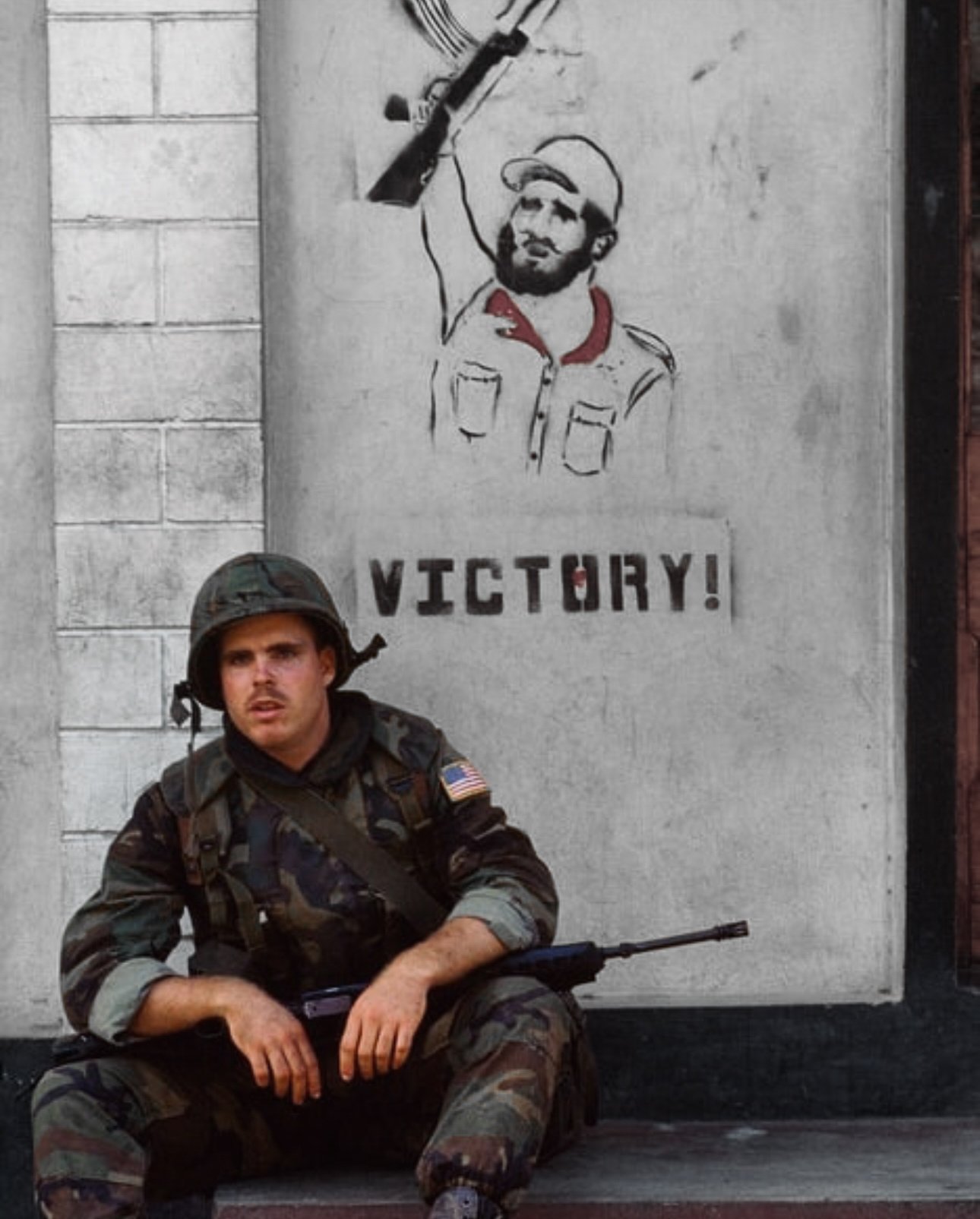M81 Woodland: The Icon
In the world of military camouflage, few patterns have achieved the legendary status of the M81 Woodland Camouflage. Originally designed for the United States military, this iconic pattern has a rich history and has found its way into various aspects of popular culture. We will explore the history and use of M81 Woodland Camouflage, shedding light on its enduring appeal and significance.
The Birth of M81 Woodland Camouflage
In the late 1970s, the U.S. military recognized the need for a new camouflage pattern suitable for the dense forests and woodlands of Europe and North America. The existing olive drab and solid green uniforms and gear were ill-suited for these environments. The solution was to develop a new camouflage pattern that would blend seamlessly with the natural surroundings.
The development of M81 Woodland Camouflage was led by the U.S. Army Soldier Systems Center in Natick, Massachusetts, and involved extensive research and testing. The pattern was officially adopted in 1981 and quickly became the standard camouflage for the U.S. military. Its primary goal was to provide effective concealment in wooded and forested terrains, making soldiers less visible to the enemy.
Design and Characteristics
M81 Woodland Camouflage is in fact an evolution of the earlier ERDL pattern; an acronym that stands for U.S Army Engineer Research and Development Laboratory, the group that developed the ERDL pattern. In this transformation, the pattern was scaled up, and the splotches' boundaries were redrawn to reduce their regularity. The design was inspired by the idea of breaking up the human silhouette, making it harder for an observer to identify a soldier from a distance. The irregular shapes and color distribution mimic the dappled sunlight and shadows found in wooded environments, providing excellent camouflage in these settings.
The pattern's dark green and brown elements create depth and contrast, while the lighter green and black shapes add a sense of randomness. This combination of colors and shapes effectively disrupts the human outline and helps the wearer blend into the surroundings, whether it's a European forest or an American woodland.
The larger shapes of M81 Woodland (left) compared to the smaller & green-dominated ERDL (right)
Military Use
M81 Woodland Camouflage was initially issued to U.S. military personnel in various forms, including uniforms, load-bearing equipment, and even vehicles. The pattern saw extensive use during the 1980s and 1990s, particularly during the Gulf War and Operation Just Cause in Panama.
One of the reasons for the pattern's success in the field was its versatility. While designed for woodland environments, it also performed reasonably well in other settings, such as desert regions. This adaptability made it a practical choice for military operations around the world.
More recently, woodland pattern can be seen dawned on the back of modern U.S. Marine Corps Raiders (MARSOC).
Legacy and Influence
The impact of M81 Woodland Camouflage extends beyond its military applications. Its distinctive pattern has become a cultural icon, frequently appearing in movies, video games, and fashion. Soldiers who wore it during their service often maintain a strong affinity for the pattern, leading to its adoption in civilian clothing and accessories.
In popular culture, M81 Woodland Camouflage is often associated with action heroes, mercenaries, and survivalists. Its rugged and timeless look has made it a favorite choice for outdoor enthusiasts and hunters, who appreciate both its functional camouflage properties and its aesthetic appeal.
Transformation into Fashion
One of the most remarkable aspects of M81 Woodland Camouflage is its transition from military attire to mainstream fashion. In the 1990s, the pattern gained popularity in urban streetwear, becoming a symbol of counterculture and rebellion. Camouflage pants, jackets, and accessories adorned with the M81 pattern became fashion staples for many.
This trend continued into the 2000s and beyond, with high-end fashion designers incorporating M81 Woodland Camouflage into their collections. The pattern's rugged and utilitarian look has been embraced by fashion-forward individuals who appreciate its blend of practicality and style.
Final Thoughts
M81 Woodland Camouflage is more than just a military pattern; it's a symbol of adaptability, resilience, and enduring style. From its origins as a solution for soldiers in woodland environments to its status as a cultural icon, this pattern has left an indelible mark on the world. Whether it's worn for its practical camouflage properties or its timeless aesthetic, M81 Woodland Camouflage continues to be a source of inspiration and fascination for people around the globe.





















